20
Why Do YouTubers Make Videos Over 10 Minutes? Uncovering The Secrets Of Longer Content
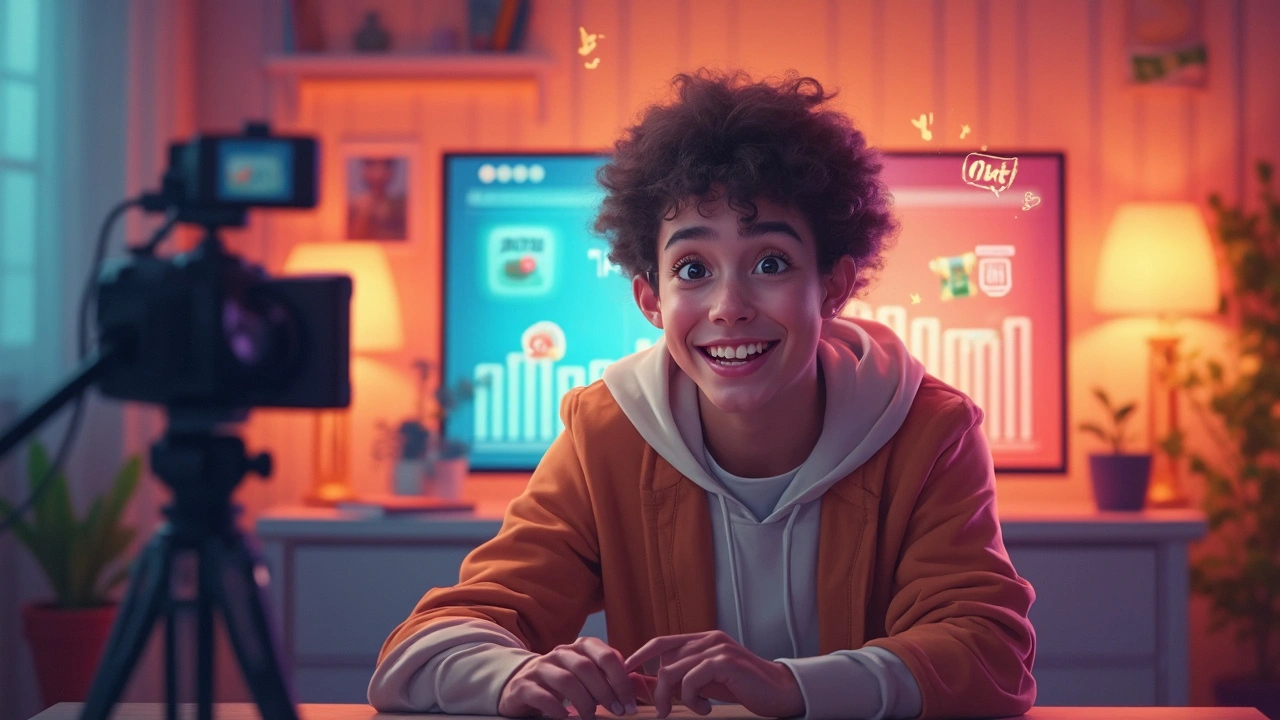
Scroll through YouTube and you’ll notice a pattern: so many videos seem to clock in just over 10 minutes. It almost feels like there’s an invisible finish line every creator is desperate to cross. Ever clicked on a tech review and found the host really dragging out the specs? Or watched a storytime video and thought, "They could've wrapped this up way sooner," but they keep going with unrelated tangents? It’s not your imagination. There’s a method to the madness, and it’s a lot more calculated than you might think. YouTubers aren’t just rambling; they’re targeting a sweet spot that’s baked right into the DNA of the platform, and that little number—10 minutes—can mean all the difference between pocket change and a decent payday.
The 10-Minute Rule: Where Did It Come From?
Picture this: it’s 2016, YouTube’s algorithm starts favoring videos that keep people glued to the platform a bit longer. At the same time, YouTube introduces mid-roll ads for videos stretching past ten minutes. Suddenly, it’s not just about uploading content—it’s about maximizing every second someone spends watching you talk, play, cook, or rant. The math became clear for creators. Shorter videos could only feature a quick ad (usually before the video started), but hit 10 minutes, and boom—you’re eligible for additional ads in the middle. Sure, one ad means some revenue. Sprinkle in two or three mid-rolls, and that video is now working a lot harder for your bank account.
This shift wasn’t exactly subtle. Creators started adjusting. Instead of making two five-minute tutorials, they’d stitch them together. A single update vlog? Pad it out with a Q&A. The drive to hit the 10-minute mark even became a meme. If you hang out in YouTube circles, you might remember people joking about “welcome to my 10:01 video”—the timestamp itself was a badge of savvy YouTuber strategy. What’s wild is that this small policy tweak wound up transforming entire channels and genres. Unboxing videos got more thorough, let’s plays dragged out side quests, and commentary deep-dives could take an eternity just to reach the point. Some viewers picked up on it and grumbled. But from a creator’s view, this move wasn’t greed—it was survival in a system engineered to reward watch time and ad potential.
YouTube’s rulebook has evolved since, but that 10-minute threshold still has weight. Check out the platform’s help pages—they’ll confirm videos over 8 minutes now can have mid-roll ads since July 2020. Yet, creators are stuck in old habits, and the 10-minute number remains adored thanks to years of algorithm training. And let’s be real: once you get good at hitting 10 minutes, why stop at 8? It’s basically tradition at this point in the YouTube workflow.
Algorithm Power: How Length Impacts Discovery
YouTube’s algorithm is like a digital bouncer, deciding who gets inside your viewer’s ‘Recommended’ list. And what does this bouncer look for? Engagement metrics—like watch time, click-through rates, and user interaction. This is where longer content gets really clever. If your video drags people in and actually keeps them for a solid stretch, YouTube treats this as a huge win. The longer a viewer is glued to your video, the more YouTube wins too—they get to serve more ads and keep eyes on their platform. So, longer videos naturally rack up more total watch time, especially compared to shorter clips.
A quick burst of data: in 2024, the average watch session on YouTube is around 40 minutes. That’s not an accident. The platform’s entire skeleton is designed to keep people bouncing from one long video to the next. Videos over 10 minutes help creators tap into this user behavior. As a result, channels producing lengthier, but entertaining, content tend to see a lift in overall channel performance.
What’s especially crafty is how creators break up content into almost episodic chapters, each feeding the next. You’ll see gaming channels splitting streams into 11-minute slices, or fitness influencers stretching a set of squats into a 12-minute follow-along. This approach turns one idea into a mini-binge session. Every extra minute watched is a signal to the algorithm: “Hey, this channel glues people to their screens.” The algorithm eats that up and rewards those creators with juicier placement on the homepage, trending, or personalized suggestions.
But the algorithm isn’t just tracking the length of a single video—it’s analyzing your whole viewing journey. If someone watches a 12-minute vlog, then sticks around for a related video, you’re boosting that channel’s favor. You can check this on your own channel dashboard in YouTube Studio, under Audience Retention and Watch Time. There’s a whole feedback loop at play here. The more a creator keeps viewers watching, the more YouTube surfaces their content to new people. This flywheel effect can turn small creators into household names quickly—if they play the watch time game smart.

Money Matters: Monetization and Mid-Roll Ads
Here’s where things get downright practical. YouTube monetization lives and dies by ad impressions. That’s just a fancy way of saying: more ads equals more money. For videos under 8 minutes, creators usually get one pre-roll ad at the start. Hit that magic 8-minute mark (though most stick with 10, thanks to muscle memory), and you unlock the ability to drop in mid-roll ads—just like you’d find on commercial TV breaks.
If someone tells you “It’s not about the money,” don’t buy it. Ad revenue is what pays the bills for most full-timers, outside of sponsorships and merch. Check out this table showing how mid-roll ads can ramp up a creator’s earnings, according to Social Blade stats and my mate from Sydney who runs a tech channel making about AU$4.50 per 1,000 ad views.
| Video Length | Ad Breaks Allowed | Estimated Earnings (Per 10,000 Views) |
|---|---|---|
| 5 Minutes | 1 (Pre-Roll) | AU$18-$22 |
| 10+ Minutes | Up to 3-4 (Pre+Mid-Rolls) | AU$32-$45 |
| 20+ Minutes | 5+ (Pre+Multiple Mid-Rolls) | AU$50-$80 |
Mid-rolls can instantly double, sometimes triple, the ad revenue on a single upload. But there’s a balance—slap too many ads into a slow-paced video and you might annoy viewers (and kill your retention stats). I’ve seen channels run lengthy content with only one discreet mid-roll to keep loyal fans happy, relying on sheer watch time for algorithm love.
Sometimes sponsors will even pay more for a mid-video shout-out—viewers are less likely to click away or skip forward once they’ve invested five minutes. That's prime advertising real estate and smart creators know exactly how to place their messages, whether it’s a skincare plug or an Audible promo right before a juicy story reveal.
YouTube Super Chat, memberships, and Patreon shout-outs offer bonus cash, especially on live streams, but ad revenue is the main driver for longer content. Creators even joke privately about "content stretching" on monthly analytics calls—they’ll brainstorm ways to widen the gap between start and finish, all to unlock an extra mid-roll slot. Does my wife Lena find it a little silly? Sometimes. But when that AdSense payout hits, she’ll admit the long videos make more sense than a short viral clip that fizzles in a day.
Beyond Ads: Viewer Habits and Content Psychology
It’s easy to chalk this all up to money or algorithms, but there’s another piece at play—how we like to watch stuff online. Longer videos just feel like more value, don’t they? Think about your own habits. If you’re cleaning the kitchen, working out, or chilling before bed, you want something you can sink into—not a three-minute whirlwind. YouTube’s own data in 2023 showed that average session times shoot up when viewers watch 10-15 minute videos, compared to rapid-fire shorts. There’s something comforting about a steady, drawn-out story or a deep-dive tutorial. Short clips are fine for a quick laugh, but they don’t satisfy that binge urge the way a longer vlog or hour-long true crime tale can.
Creators know this. They’ll often pace their videos to match a routine—morning coffee, evening downtime, commutes on the Brisbane train. Some educators and explainers have even turned over 10-minute videos into standard lesson formats, because learners want a chunkier, more immersive dive over endless one-minute bits. The psychology behind it is simple: once you invest in a personality or story, you don’t want it to end too soon.
Then there’s the community side. Longer videos mean more space for viewer shout-outs, Q&A segments, and subtle in-jokes. It’s a chance to build a tradition. If you’re part of a channel’s Discord, you might see fans timing their chats around the next big upload—sometimes even making a night of it. This loyalty is gold for creators chasing long-term growth rather than chasing a quick viral hit. Some even set up "watch parties"—and trust me, nobody's organizing those for three-minute clips.
Want a tip? Next time you see a video pushing just over that 10-minute line, check the comments. You’ll spot viewers who notice, but you’ll also see loyal fans thanking the creator for a longer hangout. Creators experiment with all sorts of formats to keep people engaged, whether it’s adding bloopers, behind-the-scenes, or extended answers to fan questions. The smart ones craft those details into the content organically, so the length doesn’t feel forced—it feels like hanging out with a mate who doesn’t want the night to end just yet.
So, when you spot a video ticking past the 10-minute mark, it’s more than just an ad play. It’s a balance—a bit of commerce, a lot of psychology, and a whole heap of strategy. Long videos aren’t accidental. They’re engineered to work for viewers, for the algorithm, and for creators’ bank accounts. And as long as the rules keep rewarding that sweet spot, don’t expect your favorite YouTubers to sign off any sooner.


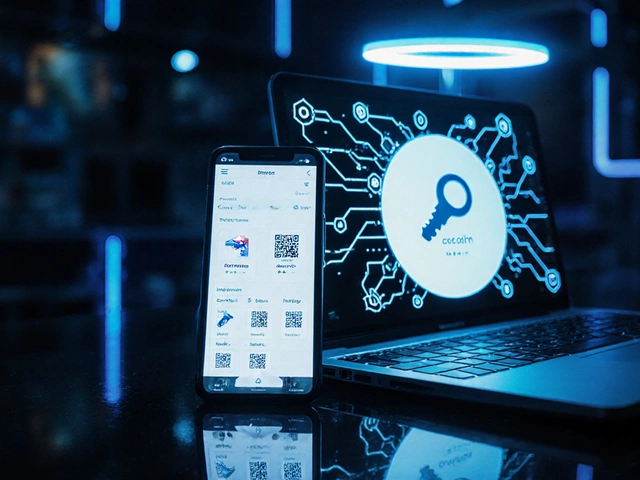
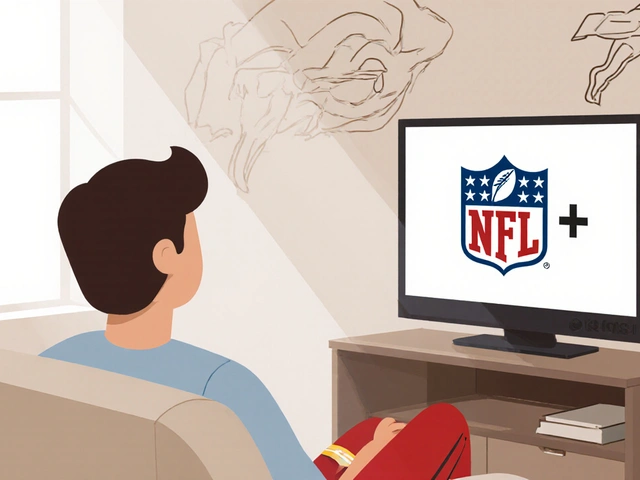


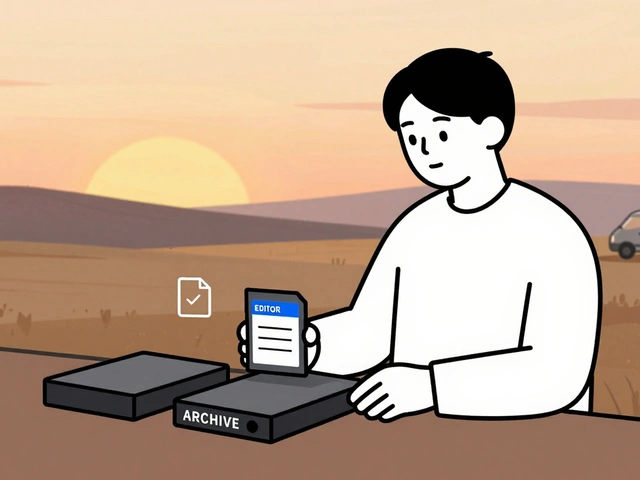
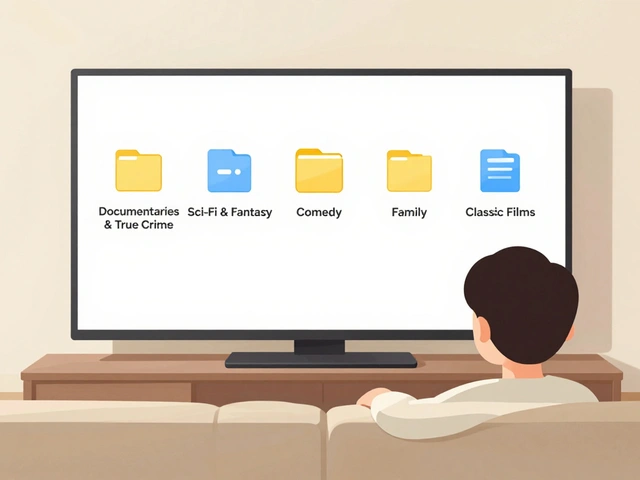
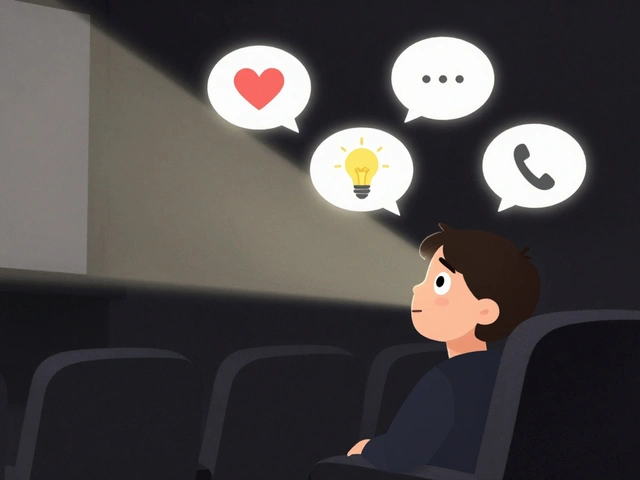
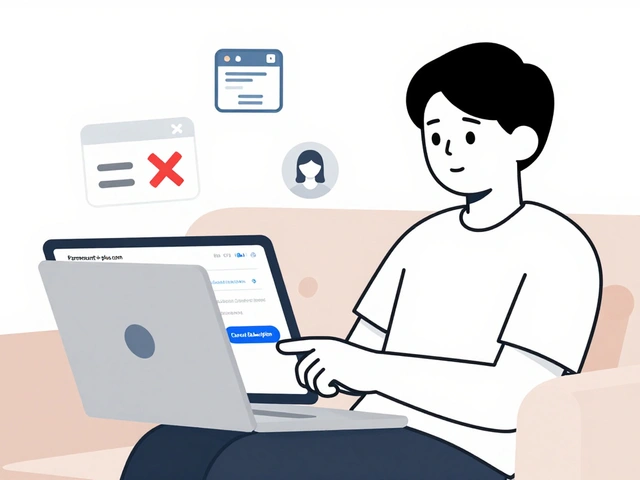
Ian Maggs
July 18, 2025 AT 00:19Isn't it fascinating how the mechanics of an algorithm govern not just the content creators but also the audience's attention span? The choice to extend videos beyond 10 minutes is more than just a strategy; it seems almost like a manifestation of intertwined incentives that dictate content length.
We can ponder on how YouTube's ad revenue system essentially nudges creators to create longer videos to maximize income, inherently shaping viewer experience. This decision, while seemingly commercial, has deeper implications on how information is consumed and processed.
Moreover, the viewer psychology that the post touches upon is worth exploring more. Does the length of content influence perceived value or credibility? Perhaps longer videos subconsciously convince us that there’s more to learn, thus increasing watch time.
It's also intriguing to think about how this trend might evolve if the platform changes its monetization policies or if viewers collectively shift their preferences. The ecosystem is dynamic, constantly transforming in response to creators’ tactics and viewer behaviors.
Any thoughts on whether this emphasis on length dilutes content quality or enriches the depth of information shared? Looking forward to a good debate here!
Bob Buthune
July 18, 2025 AT 01:09Yeah, I totally get where you’re coming from with the whole algorithmic push. But honestly, sometimes it feels like YouTubers are just milking those extra few minutes for views and ads rather than actual content, you know? 😕
Like, I’ve sat through videos longer than 15 minutes that barely had any substance just because the creator was trying to hit that magic 10-minute mark. It can get pretty frustrating.
On the flip side, there are some creators who genuinely make the longer format work wonders — like deep dives, reviews, and tutorials that need time to unpack properly.
Still, I can’t help but wonder if this push for length sometimes comes at the cost of creativity or pacing. Plus, the pressure to hit that threshold might stifle shorter, punchier content that could be just as impactful.
Emoji overload? Just throwing a little sunshine in here 🙂. Would love to hear if others feel this tension too.
Kayla Ellsworth
July 18, 2025 AT 01:42Oh sure, the good old 10-minute rule, the sacred plateau of YouTube ad money-making! 🙄 Honestly, I think it’s all just a waste of time.
Creators think "Longer is better," but sometimes it’s just padding and rambling to fulfill an arbitrary limit. Viewers get endless filler just to keep the algorithm happy, not because the content demands it. How brilliant.
And then we act surprised that people are complaining about oversaturated content creating yawns and eye rolls. It’s like watching paint dry with an intermission filled with a pointless intro and outro dance.
Instead of making content longer, maybe creators should focus on tightening their scripts. Quality over quantity, right? But nah, let’s just draw it out and throw in more ads. Genius.
Soham Dhruv
July 18, 2025 AT 02:32I get what you're all saying and yeah, sometimes the 10-minute mark feels like a weird magic number. But I think people forget what a big role watch time plays in boosting a channel’s visibility.
Sometimes creators use longer videos not just ‘cause of the ads but to keep viewers immersed, being mindful of pacing and flow. It’s not always about just pushing more minutes out there.
That said, there’s definitely content out there that’s way too stretched. I guess it depends on the creator and their style.
For new creators, it can be a balancing act learning not to bore the audience but still providing something valuable.
Anyone else here experimented with video length and seen differently how the algorithm responds?
Wilda Mcgee
July 18, 2025 AT 04:12What really fascinates me is the symbiotic relationship between creators and the algorithm. It’s like a carefully choreographed dance where each step—the length of videos, the placement of ads, the viewer’s attention span—is meticulously calculated to maximize engagement.
This dynamic shapes not just the content but also sets trends in audience expectations. Viewers start to anticipate or even demand longer form content, which perpetuates the cycle.
Longer videos provide space for deeper storytelling, nuanced explanations, and a richer viewer experience if done well. But it’s true, the trap lies in turning these videos into drawn-out hit-and-misses that wear patience thin.
Creativity within constraints often breeds innovation, so maybe the 10-minute standard is less a limitation and more a framework to inspire thoughtful content creation.
Do other creators here feel empowered or shackled by these unwritten rules?
Flannery Smail
July 18, 2025 AT 05:19I'd argue it's less about creativity and more about gaming the system. Making stuff longer is just a cheap trick to squeeze more ad revenue, nothing more.
It annoys me how so much content now feels artificially stretched and awkward—just to make that 10-minute cut-off.
The algorithm rewards quantity and watch time, not quality or relevance. So naturally, creators chase what pays off rather than what’s meaningful.
Maybe this drives some innovation but mostly it results in filler content and losing the audience’s genuine interest.
Does anyone really like sitting through a rambling 15-minute video when a tight 5-minute cut would do?
Emmanuel Sadi
July 18, 2025 AT 06:42Honestly? This whole phenomenon is a perfect example of capitalism running wild on creativity. Longer equals more cash. Simple, and sadly, completely predictable.
Creators are trapped in this invisible cage built by the algorithm and advertisers who want you watching as long as possible.
It’s a toxic feedback loop disguised as progress, where art is subordinated to payday minutes. And viewers are just passive participants drawn into this cycle like moths to a flame.
The worst part is when this pressure drives lesser creators to compromise their vision just to chase the length quota.
Isn’t it fascinating how something so nuanced as human attention can be so ruthlessly commodified?
Jen Becker
July 18, 2025 AT 08:06This whole thing just screams overhyped nonsense to me. Like, why does it have to be 10 minutes? It's just some dumb rule YouTube made up so creators get more ads shown.
It’s boring, unnecessarily long, and honestly, pretty annoying to watch videos that just drag on and on with pointless filler.
I don't care about the algorithm, I care about the content. But apparently, that’s less important these days.
Give me short, punchy, real talk over stretched-out ramblings any day.
Why can’t people see the difference between being engaging and being long-winded?
Chris Atkins
July 18, 2025 AT 09:29Hey folks, I think it’s easy to get frustrated by the pressure for longer videos, but we should also acknowledge how this can empower creators to explore topics in more depth.
Short clips are great for quick info or entertainment, but some subjects really do benefit from thoughtful explanation and longer discussions.
It's a matter of finding balance — long enough to be comprehensive but not so long that it tests the viewer’s patience.
And from a cultural perspective, longer content can foster stronger community connections by letting creators share more about themselves and their crafts.
What do you all think about the impact of video length on forming loyal audiences?